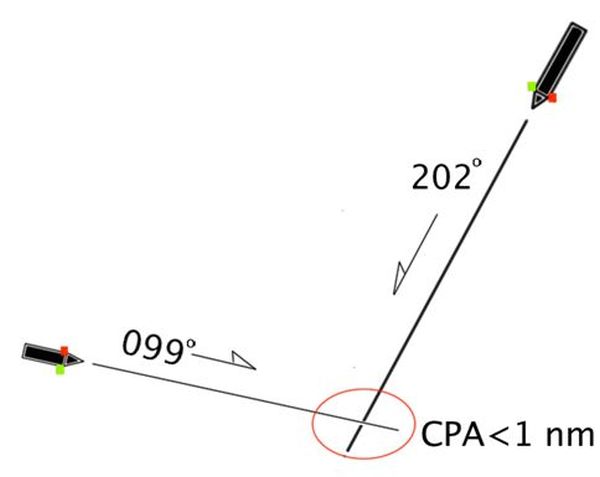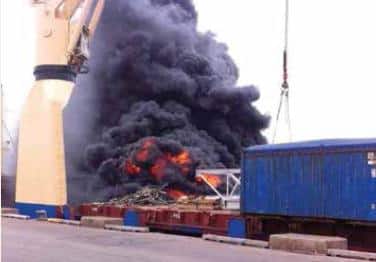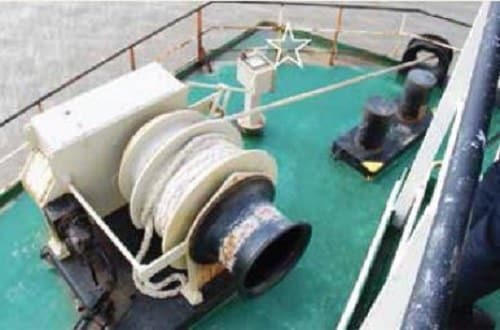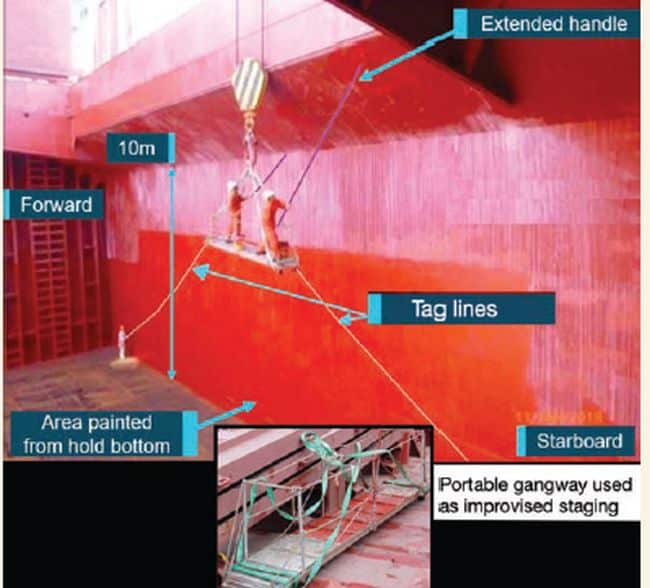Real Life Incident: The Bigger Ship Gets The Right Of Way?
In the open ocean and in darkness, a large private vessel (49m) was making way at about 11.5 knots on a heading of 099 degrees. The proper lights were lit and the AIS was correctly programmed. A cargo vessel was noted on radar about 60 degrees off the port bow and was acquired as an ARPA target. The vessel was observed to be heading roughly SSW, at approximately 202 degrees, at about 13 knots. When the vessels were approximately 10 nm from each other, and now in sight, the private vessel received a VHF radio call from the cargo vessel requesting that the former alter course so that the cargo vessel could stand on.
The Master of the private vessel took the call, politely declining and suggesting the cargo vessel alter course to starboard, as per the collision regs; the radar was showing a CPA of less than one nm. They were in open seas with no other conflicting traffic.

About five minutes later, with other vessel at five nm, the Master of the private vessel called the cargo vessel to warn that the CPA was still less than one nm. The OOW of the cargo vessel replied that he ‘was watching’. At about two and one-half nm the cargo vessel made a significant alteration to starboard and passed about one nm astern of the private vessel.
Lessons learned
A game of ‘chicken’ on the open seas is never a good idea and, if pushed to the limit, the smaller vessel will always lose. The unprofessional attitude of the cargo vessel’s OOW is evident here; at 10 nm he was aware of the crossing situation with a small CPA but he apparently assumed that since he was on the larger vessel he could ‘bully’ the smaller vessel into changing course instead of assuming his responsibilities under the collision regulations. This unprofessional attitude is again evident by the lack of proper communication.
The OOW of the cargo vessel never confirmed his actions, saying vaguely he was ‘watching’; and only within minutes of the CPA did he abruptly alter course to starboard without warning. At 10 nm, an alteration of course of 30 degrees to starboard for a relatively brief period by the cargo vessel would have cleared the situation with minimal consequences to their schedule.
Editor’s note: In any encounter where the behaviour of one vessel appears ambiguous or counter to the Colregs, it is most important that clear, unambiguous communication be used and a mutually acceptable agreement be reached in a timely manner in accordance with the Colregs.
Reference: nautinst.org
Do you have info to share with us ? Suggest a correction
- Real Life Incident: Vessel Collision in Good Visibility
- Real Life Incident: Severe Injury To Deck Crew While Leaving Berth
- Real Life Incident: Departure Damage in Very Restricted Waterway
- Real Life Incident: Low Situational Awareness Has High Impact Consequence
- Real Life Incident: Fouled Anchor in a Designated Anchorage
- Real Life Incident: Fire On Barge Carrying Scrap Metal Causes $7 Million Worth Of Damage
Latest Case studies Articles You Would Like:
Subscribe To Our Newsletters
By subscribing, you agree to our Privacy Policy and may receive occasional deal communications; you can unsubscribe anytime.
















OMI authority should collect these reports and write memorials to masters, agencies and owners. Also show them a “yellow card” as in a foot-ball match (soccer)
Good practice of seamanship is very important regardless whether you are the give-way vessel or the stand-on vessel.
Because at the end, BOTH will still be held responsible….
Its important that the officer on watch knows how to use the bridge instrument and to analize the target specially if visibility is concern.
The only wrong thing the OOW of the cargo ship did, was that, he told the OOW of the smaller ship to alter his course by Radio. All others is relatively normal in my opinion. 2.5 miles is enough to alter course, and it was not abrupt, it was what is expected of him (Cargo Vessel). I don’t see how it was wrong. And in the first place, Radio Communication should not be used in Collision Avoidance.
A one mile CPA is far more than adequate, the OOW did what he needed to do when the yachts was uncooperative to his request. I don’t understand why this is a story being heralded as “Real life accident”. I have had many meeting at sea with far less. Personally running similar yachts when requested to allow large vessels and long, especially multiple, tows so they can stand on, I will take the responsibility to remain clear, but don’t complain if I judge it close. I have run commercial as well as yachts so I’m familiar with why it’s much easier, safer, and more efficient in general for me to do the maneuvering with a yacht than them.
2.5 miles he altered course? So? And passed 1nm astern of stand on? Yeah?
SOP.
I was expecting some real incompetence. The mate on the cargo vessel was hoping to push the watch stander on the yacht around a little.
Navigate through the Med with ferries crossing everywhere on the tightest schedules.. That’s where it gets hairy.
This incident isn’t even article worthy.
I know there are rules and regulation, but a large vessel if it is in a restricted area (close to shore or in a narrow sea way) should not have to give way, it can reduce speed to a save speed not impearing manouverbility. But sometimes small ships, especially yachts take it a bit to far and the will force a supertanker or other large vessel to give way. Use common sense, how much will it take to lower the sails or do any action to pass the ship at the stern.